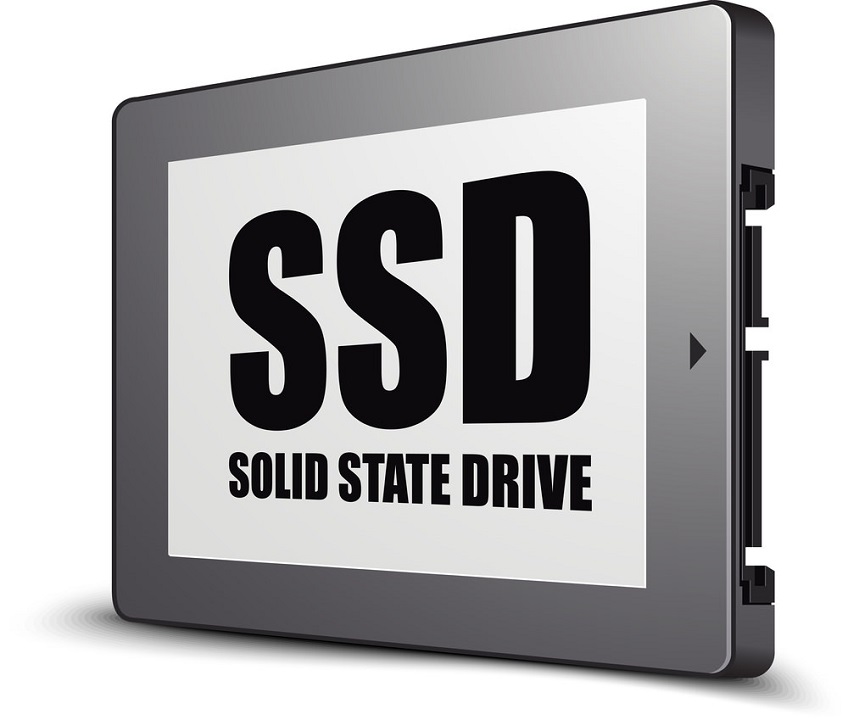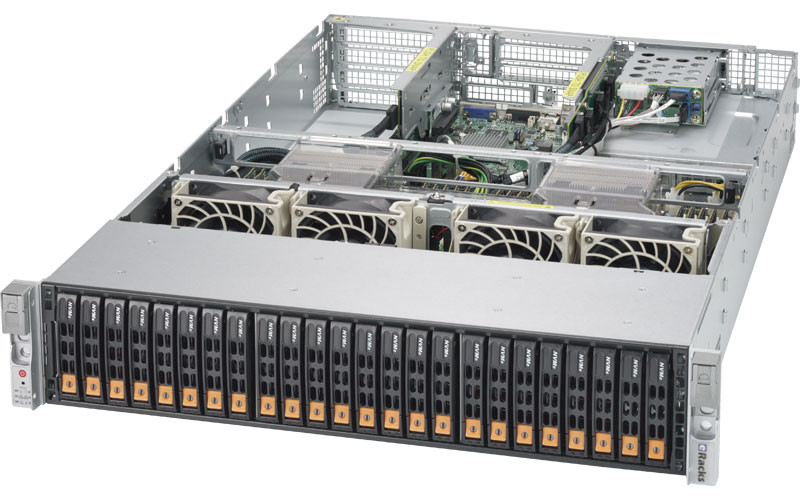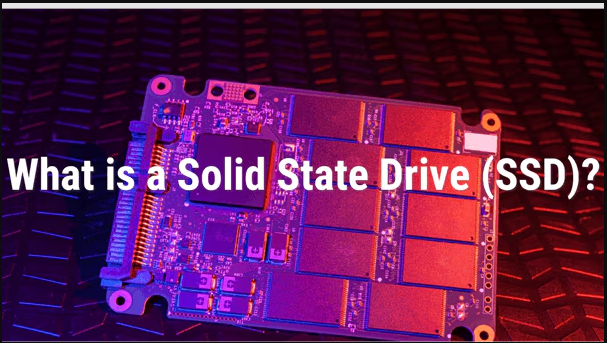
In the ever-evolving world of technology, storage solutions have seen remarkable advancements over the years. One such groundbreaking innovation is the Solid-State Storage Drive (SSD). From its humble beginnings to becoming a cornerstone of modern computing, SSDs have revolutionized the way we store and access data. This comprehensive guide explores the evolution of SSDs, shedding light on their history, technology, advantages, and future prospects.
Table of Contents
The Dawn of Solid-State Storage

Early Concepts and Development
The concept of solid-state storage dates back to the mid-20th century. In the 1950s and 1960s, the idea of using solid-state components for data storage began to take shape. However, the technology of that era was not mature enough to make this a practical reality. Early attempts included various forms of non-volatile memory like magnetic core memory, which paved the way for future innovations.
The Rise of Flash Memory
The real breakthrough in solid-state storage came with the invention of flash memory in the 1980s. Developed by Toshiba, flash memory allowed data to be electrically erased and reprogrammed, a significant departure from the magnetic storage methods prevalent at the time. This innovation laid the groundwork for the development of modern SSDs.
The Birth of the Modern SSD
Early SSDs: The 1990s
The first Solid-State Storage appeared in the late 1980s and early 1990s, primarily used in high-end enterprise systems and military applications due to their high cost and limited capacity. These early SSDs utilized DRAM (Dynamic Random-Access Memory) with battery backups to maintain data integrity, making them fast but volatile and expensive.
Transition to Flash-Based SSDs

The transition from DRAM-based SSDs to flash-based SSDs marked a significant milestone. Flash memory, particularly NAND flash, offered a non-volatile storage solution that retained data without power. The first commercial flash-based SSDs emerged in the early 2000s, providing a more affordable and reliable alternative to traditional hard drives (HDDs).
Advancements in Solid-State Storage Technology

Improvements in NAND Flash
Over the years, NAND flash technology has seen continuous improvements. The shift from Single-Level Cell (SLC) to Multi-Level Cell (MLC) and eventually to Triple-Level Cell (TLC) and Quad-Level Cell (QLC) has significantly increased storage density and reduced costs. Each advancement allowed more bits to be stored per cell, leading to higher capacities and lower price per gigabyte.
Controller Innovations
The controller is a critical component of an Solid-State Storage, responsible for managing data storage, retrieval, and error correction. Advancements in controller technology have led to better performance, increased reliability, and enhanced data protection. Modern controllers use sophisticated algorithms to distribute data evenly across the memory cells, prolonging the lifespan of the SSD.
Interface Evolution
The interface through which SSDs connect to a computer has also evolved. Early SSDs used the same Serial ATA (SATA) interface as HDDs, which limited their performance due to the bandwidth constraints of SATA. The introduction of PCIe (Peripheral Component Interconnect Express) interfaces, particularly with the NVMe (Non-Volatile Memory Express) protocol, unlocked the full potential of SSDs, offering significantly higher data transfer speeds and lower latencies.

Benefits of Solid-State Storage
Speed and Performance
One of the most notable advantages of SSDs over traditional HDDs is speed. SSDs have no moving parts, allowing for near-instantaneous data access. This results in faster boot times, quicker file transfers, and improved overall system responsiveness. The performance gap is especially noticeable in tasks that require high-speed data access, such as gaming, video editing, and running large databases.
Reliability and Durability
Without mechanical components, SSDs are more resistant to physical shocks and vibrations, making them ideal for portable devices like laptops and external drives. The lack of moving parts also reduces the risk of mechanical failure, enhancing the overall reliability and durability of the storage device.
Energy Efficiency
Solid-State Storage consume less power than HDDs, contributing to longer battery life in laptops and reducing energy costs in data centers. This energy efficiency is particularly beneficial in large-scale deployments where power consumption can significantly impact operational expenses.
Form Factor and Design Flexibility
Solid-State Storage are available in various form factors, from traditional 2.5-inch drives to compact M.2 and U.2 form factors, allowing for greater design flexibility in modern computing devices. The smaller size of SSDs has enabled the development of thinner and lighter laptops and other portable devices.
Challenges and Limitations
Cost Considerations
Despite their many advantages, SSDs have traditionally been more expensive per gigabyte compared to HDDs. Although the cost gap has been narrowing over the years, price remains a consideration for consumers and businesses when choosing storage solutions, especially for applications requiring large capacities.
Write Endurance
NAND flash memory has a finite number of write cycles, meaning that each cell can only be written to a certain number of times before it becomes unreliable. While modern SSDs employ wear-leveling techniques to distribute writes evenly across the memory cells, write endurance remains a concern for intensive write-heavy applications.
The Impact of SSDs on Various Sectors

Consumer Electronics
The adoption of Solid-State Storage in consumer electronics has transformed the user experience. From faster boot times in laptops and desktops to enhanced performance in gaming consoles, SSDs have become a standard feature in many consumer devices, offering speed and reliability that HDDs cannot match.
Enterprise and Data Centers
In the enterprise sector, SSDs have revolutionized data centers by providing high-performance storage solutions that meet the demands of modern applications. SSDs are particularly beneficial for tasks requiring low latency and high IOPS (Input/Output Operations Per Second), such as database management, virtualization, and cloud computing.
Emerging Technologies
SSDs are also playing a crucial role in the development of emerging technologies such as artificial intelligence (AI), machine learning, and big data analytics. The ability to quickly access and process large datasets is essential for these applications, making SSDs an indispensable component of modern computing infrastructure.
The Future of SSD Technology
Advancements in 3D NAND
3D NAND technology, which involves stacking memory cells vertically to increase density, is expected to continue evolving. This advancement promises higher capacities, better performance, and lower costs, making SSDs even more accessible and efficient.
Integration with New Interfaces
Future SSDs are likely to integrate with new interfaces and protocols, further enhancing their performance and capabilities. Technologies like PCIe 5.0 and beyond will provide even greater bandwidth, enabling faster data transfer rates and reducing bottlenecks.
Enhanced Durability and Lifespan
Ongoing research and development efforts aim to improve the durability and lifespan of SSDs. Innovations in error correction, wear-leveling algorithms, and new materials for memory cells are expected to enhance the reliability and longevity of future SSDs.
Adoption in New Markets
As costs continue to decrease and performance improves, SSDs are poised to penetrate new markets and applications. From automotive systems and IoT (Internet of Things) devices to aerospace and industrial automation, the versatility and advantages of SSDs make them suitable for a wide range of uses.
Conclusion
The evolution of SSDs has been a remarkable journey from early concepts of solid-state storage to the high-performance, reliable, and efficient drives we rely on today. As technology continues to advance, SSDs are set to play an even more integral role in our digital lives, driving innovation and enabling new possibilities across various sectors.
In summary, SSDs have not only revolutionized data storage but also significantly enhanced the performance and reliability of computing devices. Their impact is felt across consumer electronics, enterprise environments, and emerging technologies, making them a vital component of modern computing. As we look to the future, the ongoing advancements in SSD technology promise to deliver even greater benefits, ensuring that solid-state storage remains at the forefront of the digital revolution.






